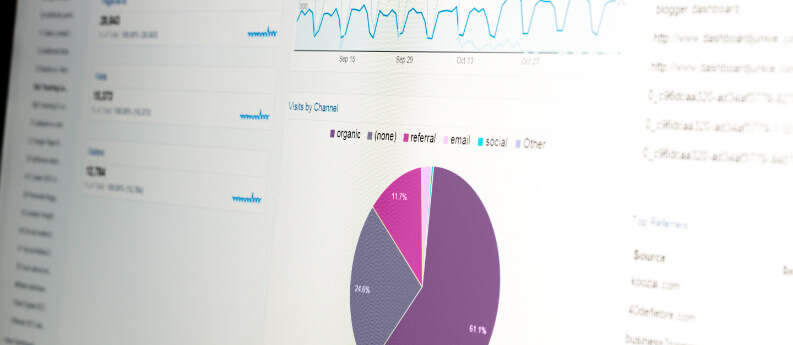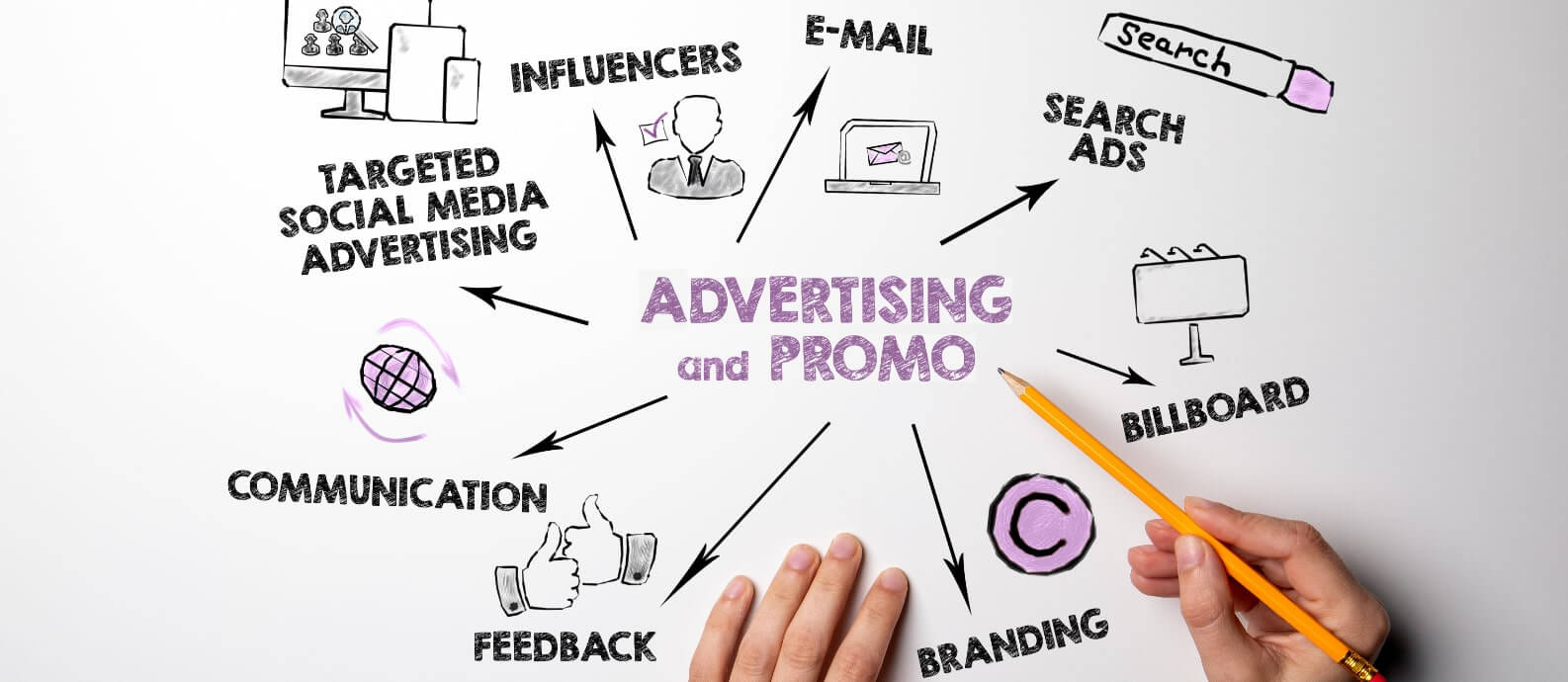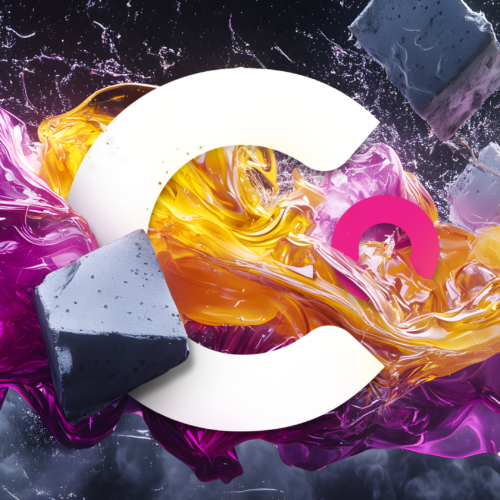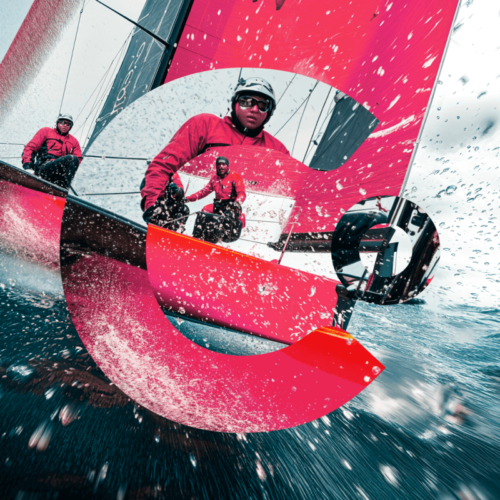Market conditions are in a constant state of change, and more than ever, CMOs need to rely on Digital Marketing KPIs and data to quantify ROI, establish marketing goal, make informed decisions, and effectively lead marketing teams. There is a wealth of metrics that a CMO can consider for marketing strategy to quantify which efforts are generating the right results and which need work. But with so many options open for analysis, it’s easy to get overwhelmed.
By observing these marketing activity metrics on your marketing KPI dashboard, you can keep your teams informed and adaptable to whatever shifts in the market lay ahead.
Website: Effectiveness Marketing KPIs Beyond Page Views

Every website is designed to attract an audience. But while visitor numbers are a valuable indicator for any B2B company, that figure isn’t a sure measurement of a useful website.
Drawing a big crowd to your site is essential, but what your prospective clients do once they arrive is just as crucial to observe. These digital marketing KPIs monitoring user behavior track the effectiveness of your website in establishing a customer journey and facilitating the critical transition from visitor to a viable sales lead.
- TIME ON SITE
The average time a visitor spends on your site illustrates how well your content is connecting with your audience. If users spend two or three minutes on a given page, there’s a strong likelihood they’re interested in reading what they’ve found. Additionally, this digital marketing KPI allows you to develop a correlation between how long your users spend with your content and if that time translates into completing a CTA. - PAGEVIEWS PER VISIT
Another useful traffic metric, this website marketing KPI monitors users for the number of pageviews they accumulate over each visit. If your typical visitor clicks through multiple pages, then your site is establishing a connection with your prospective customer. From there, you can focus on ensuring that connection leads to their making contact. - CONVERSION RATE
Unfortunately, high page view counts and lengthy visit times are meaningless unless your visitors also take steps toward becoming a customer. Along with the above metrics, Google Analytics can calculate your site’s conversion rate by dividing your total number of visitors site by your number of conversions to determine a percentage. A five percent conversion rate is a good starting point for a typical B2B tech company. - WEBSITE TRAFFIC
More than a means to monitor audience growth, this marketing KPI provides further insights into your content’s performance. Along with allowing you to recognize trends in your website’s overall numbers week to week, website traffic reports can track the pages on your site that draw the most readers in another helpful reflection of your prospects’ interests. Once you identify the content that’s drawing visitors, then you can focus on ensuring these pages then convert them into customers.
Others considerations: Bounce Rate, Unique vs. Returning Visitors, Top Entry/Exit Pages
SEO: Organic Traffic KPIs to Capitalize on Search

Digital advertising and social media can attract visitors to your site, but capitalizing on your customers’ search habits is the most effective way to generate traffic and a key component of inbound marketing.
Search engine optimization is an essential means to ensure that your content appears high on the results of a given search request on Google. Keywords in headlines, metadata, referring links, and other methods are all ways to raise your website’s digital profile. If search engine optimization is not already a dedicated part of your marketing plan, now is the time to start. These metrics evaluate the effectiveness of your SEO efforts.
- GOOGLE PAGERANK AND AUTHORITY
Both Google PageRank and Moz Page Authority track the position of your pages in organic search, which means the results pages ranked without the benefit of a paid ad. Though their algorithms differ, both of these methods use external links to your site to evaluate the authority of your content. If a search engine trusts your content, its ranking will rise on results pages. - KEYWORD RANKING
Whatever your B2B business offers, Google determines your site’s position against your competitors by how often your site’s keywords are searched. Through a tool like SEMRush, you can track your keyword rankings, which is another way to build site traffic and draw more potential clients to your site. - CONVERSIONS FROM ORGANIC TRAFFIC
Monitoring organic traffic from search indicates how well your brand is being discovered naturally by your prospects. But the most value stems from your site’s ability to generate new clients. Google Analytics tracks visitors from search and then how often those visits result in a conversion.
Others considerations: Google Quality Score, Inbound Links, Keyword Rank Tracking
Digital Advertising: Marketing KPIs to Protect Your Investment

Buying advertising on digital channels such as email, social media, and search can be an effective marketing campaign to draw prospective clients to your website. But pouring money into campaigns that fail to improve the visibility or conversion rate for your business is a drain on your budget and marketing strategy.
Fortunately, digital ads allow you to monitor these users across every step of their journey to monitor their success. Monitoring these KPIs will ensure your digital marketing investment remains on track.
- LEADS FROM PAID ADVERTISING
Put simply, the effectiveness of your advertising and its use of the platform is measured by the number of prospects a given ad generates. If these numbers don’t justify the costs of the advertisement, then you should make adjustments to your approach. - CLICK-THROUGH RATE (CTR)
CTR is the number of user responses per ad impression. Rendered as a percentage, this metric illustrates what motivates your audience to click on your ad and can inform your future campaign efforts. - COST PER ACQUISITION (CPA) AND CONVERSION RATE
Similar to the metric used for your website, conversion rate tracks the percentage of clicks on a given ad that translates to the completion of a CTA. Once you’ve determined the number of new leads that have been generated by your campaign, you can apply the KPI measuring Cost Per Acquisition to compare that figure with how much money was required to convert that new contact to a client.
Other Considerations: Open Rate, Impressions, Campaign Influence
Brand: KPIs to Measure the Impact of Your Identity

Establishing and retaining a strong brand name that resonates with your prospects is crucial to marketing success. But sometimes your brand identity and audience don’t square with the assumptions made in your marketing approach. And brand awareness is sometimes not an obvious metric to measure.
Through these KPIs, you can monitor brand awareness and your position in the market to gain insights into how customers feel about your organization or its services.
- NET PROMOTER SCORE (NPS)
A proven method of measuring customer satisfaction, Net Promoter Score polls your clients about their likelihood of recommending your service. With responses tallied on a 1 to 10 scale, this metric evaluates your brand’s connection with clients and helps predict business growth. - SOCIAL MEDIA MENTIONS
Prospective clients have a means to connect directly with your brand and its services across LinkedIn, Facebook, Instagram, and Twitter. Along with the many KPIs also available to track your content’s performance on social media channels, monitoring your brand’s mentions indicates its visibility and impact on your audience. - CUSTOMER RETENTION RATE
Every marketing department works toward acquiring new clients, but retaining your existing customer base offers a dramatic ROI. Keeping loyal clients doesn’t require nearly the investment as attracting new ones, and this retention rate is a key measure of their satisfaction with your service. - SHARE OF VOICE (SOV)
Constituting a mix of your advertising presence along with your visibility across organic search and social media platforms, Share of Voice compares your digital profile with that of your competitors. Google AdWords can calculate the percentage of times your ads appeared versus the instances when they could have appeared. Additionally, social media analytics tools can measure your company’s share of the online conversation.
Other considerations: Brand Searches, Social Growth Rates, Customer Sentiment
Sales: Your Bottom Line KPIs

Sales metrics are a critical part of your reporting dashboard and drive every facet of your marketing efforts. Your business’ success hinges on tracking the fundamental details of how effective it is in new customer acquisition and generating revenue and profit:
- PIPELINE/LEAD VOLUME
- MARKETING QUALIFIED LEAD (MQL) & SALES QUALIFIED LEAD (SQL)
- AVERAGE SALE CONVERSION TIME
- COST PER LEAD
Other considerations: Lead-to-Customer Conversion Rate, Leads per Channel, Sales Revenue
These marketing KPIs are all essential barometers of your company’s efficiency and success. They are widely accepted as vital sources of data to evaluate the effectiveness and optimization of your lead generation channels.
Even after evaluating every one of the above metrics, sales are what matter most across your organization. But through active observation and management of your digital marketing activities, you can ensure your website provides an efficient, compelling path that transforms new visitors to paying clients. And that delivers a definite impact on your bottom line by any measure.






